
Eighteen Pumpjacks is part of a larger project I’m working on related to the impact of American industry on its landscape. From the lofty heights of imaging satellites orbiting earth, the abstract forms created by oil fields resemble the shapes and patterns of circuit boards. Over time, I began to wonder if these images reflected something more profound about US pursuits and preoccupations at home and abroad.
Today, with the world’s economies so heavily reliant on oil, the public and industrial appetite for this most precious of commodities is insatiable. Nowhere in the world has this ravenous hunger left its mark in such a pronounced and graphic manner as in the United States. Oil fields – comprising of thousands of pumpjacks, storage tanks, and pipelines – spread themselves across the landscape regardless of any natural or man-made obstacles that might stand in their way. The logic of oil exploration, exploitation and distribution lays its own map over the natural terrain.
Seen from above, the American landscape resembles a canvas shaped by industry in a manner reminiscent of the dynamism and intensity of Abstract Expressionists such as Barnett Newman, Franz Kline, Jackson Pollock and Hans Hofmann. It makes you wonder if the abstract expressionists’ inner landscapes were a response to the outer ones etched on the land, or if industrialists themselves consider the land to be a blank canvas on which to express themselves.
As we zoom-in and see these individual pumpjacks in isolation, they have an almost human quality that makes me think of the productive requirements demanded of each of us by society. In their remote 24-hour labor, are these the machines society wants us to emulate? Finally, this series tips its hat to the work of Barnett Newman and his series, 18 Cantos. In Newman’s lithographs, fields of color are bisected by lines dividing single fields into separate units. Like Newman’s series, each pumpjack occupies a unique field differing in form, color and mood. And with a unique API code ascribed to all pumpjacks in the United States by the American Petroleum Institute, each one even has its own name.
Mishka Henner is an artist based in Manchester, England. His work will be exhibited as part of a group show called Surveying the Terrain. Curated by Dan Solomon, it will be on view at the Contemporary Art Museum in Raleigh, N.C. from Oct. 4 through Jan. 13, 2014.

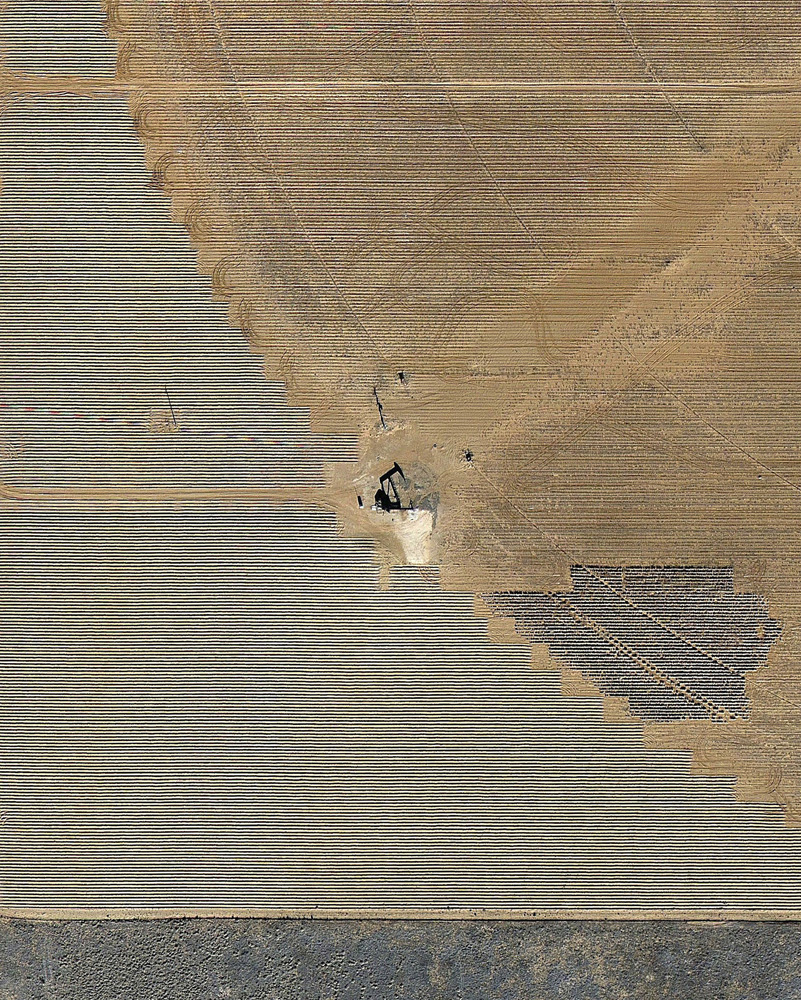
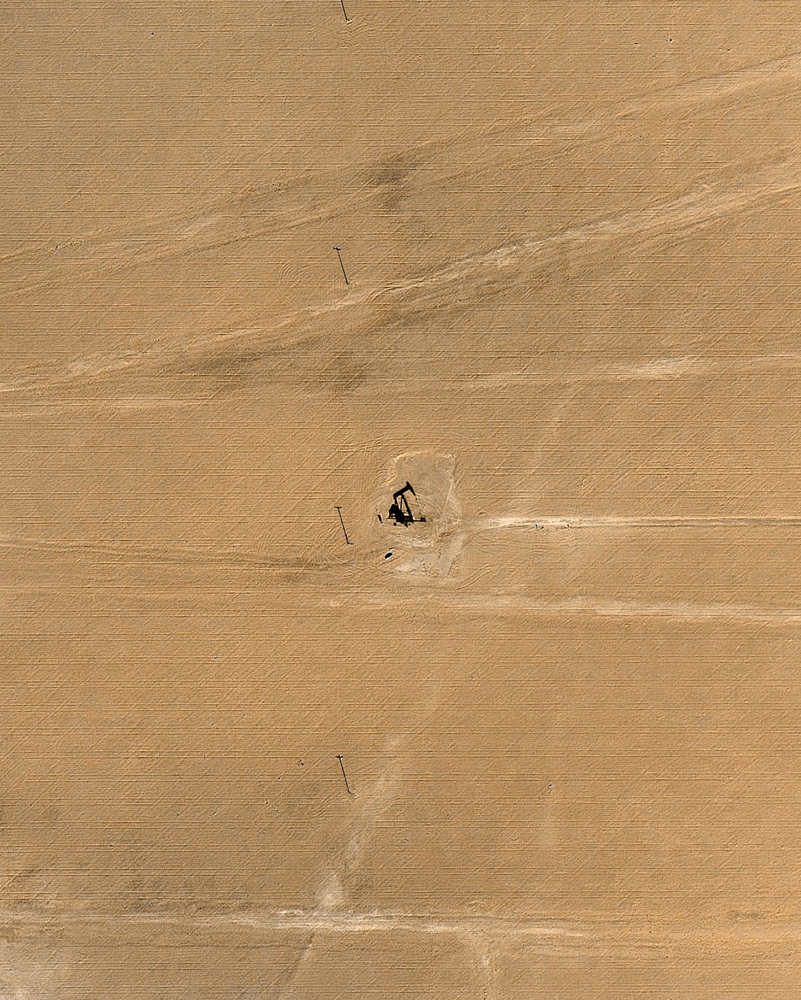

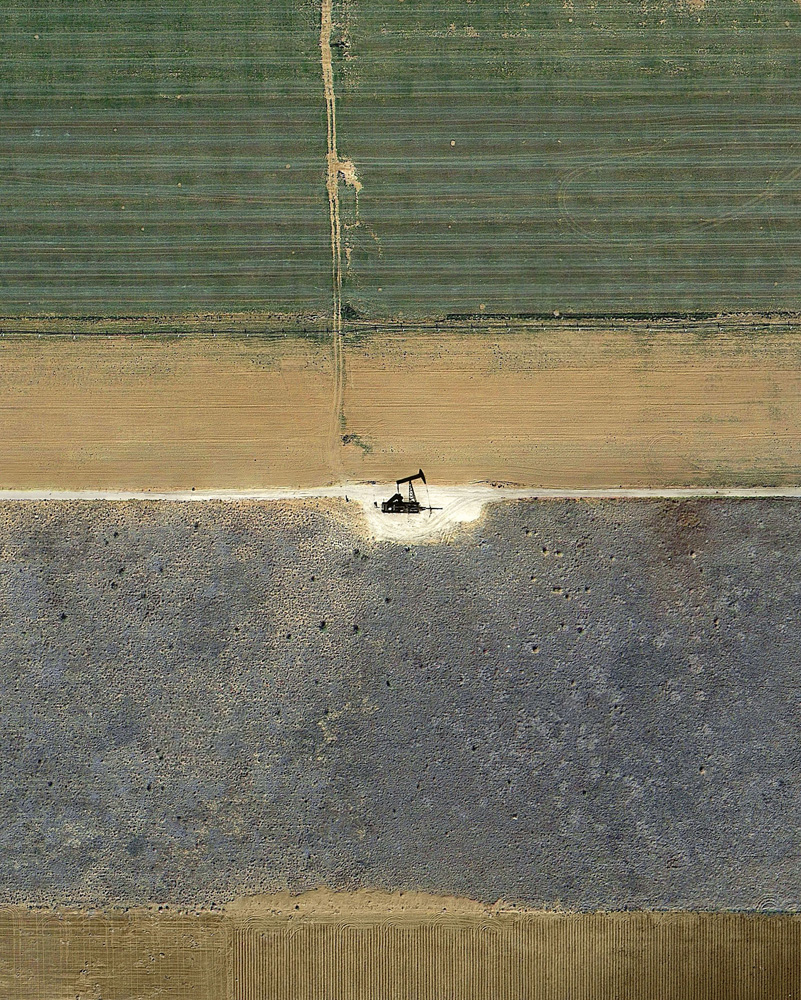

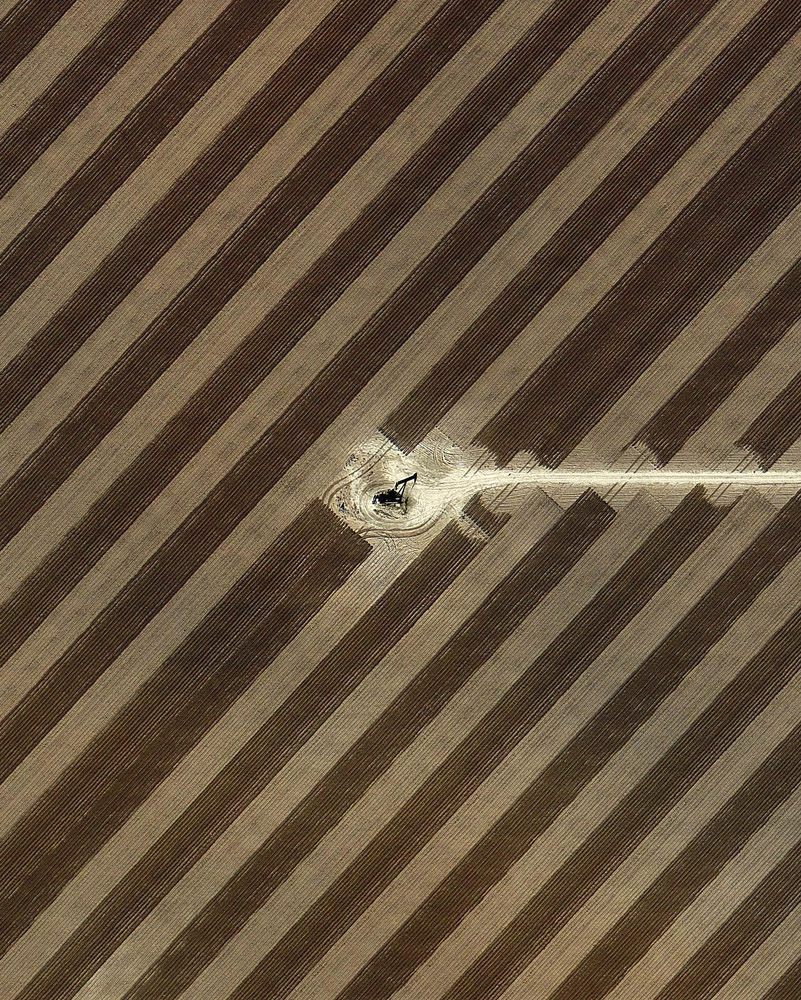
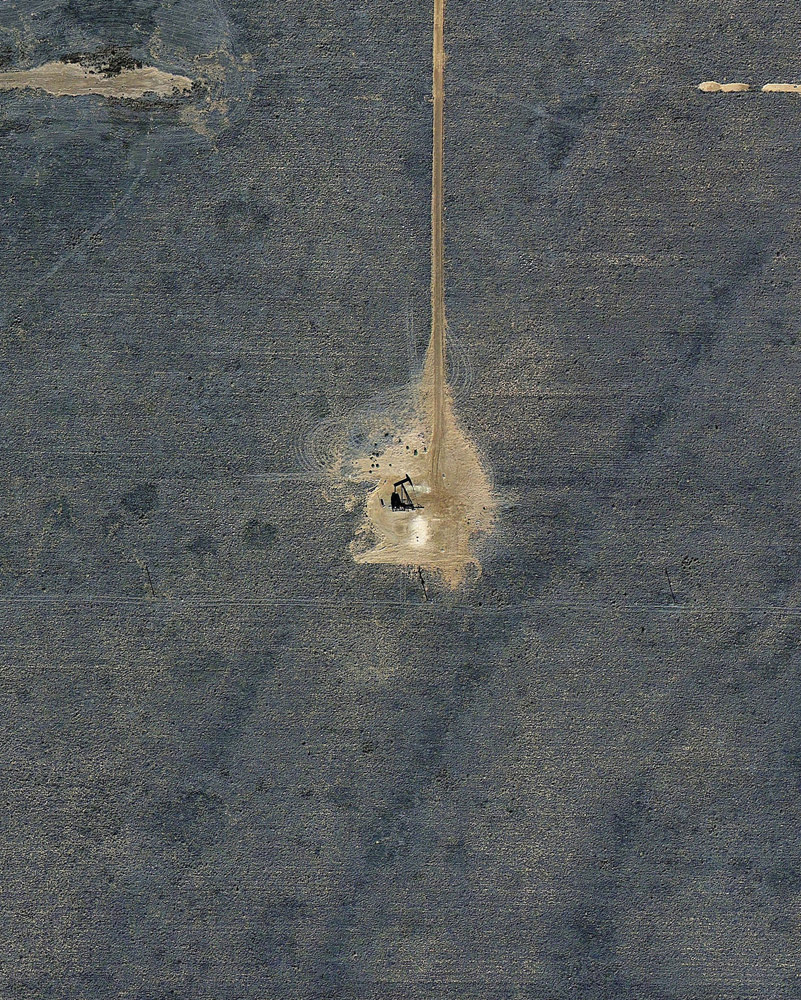
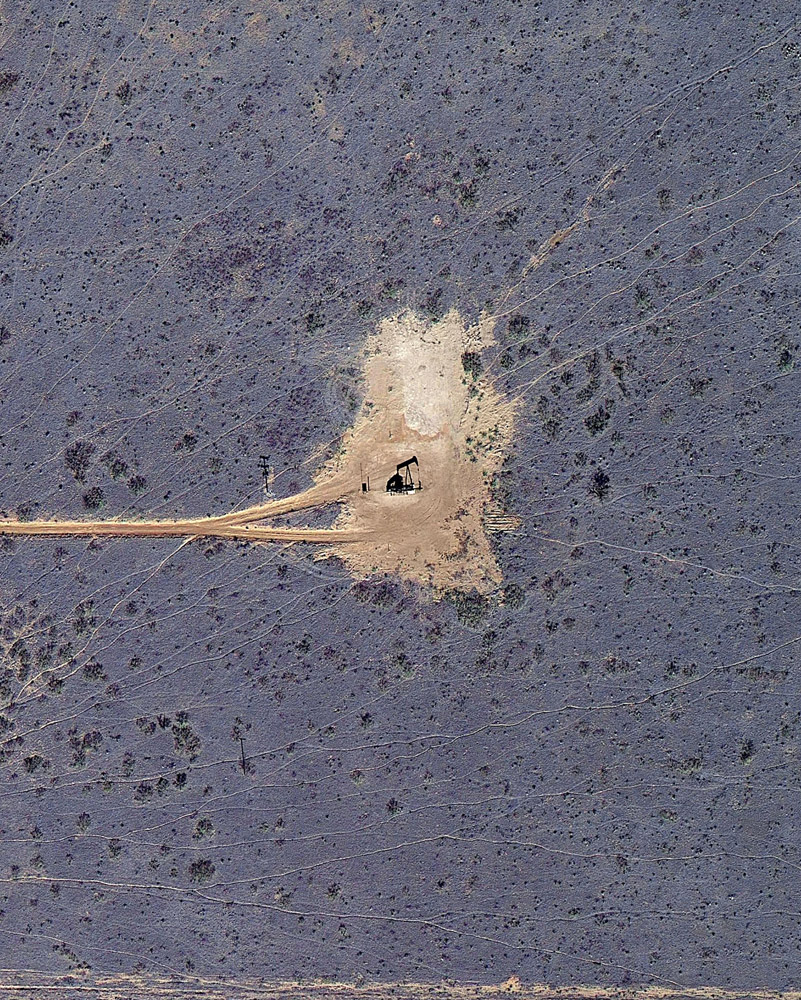

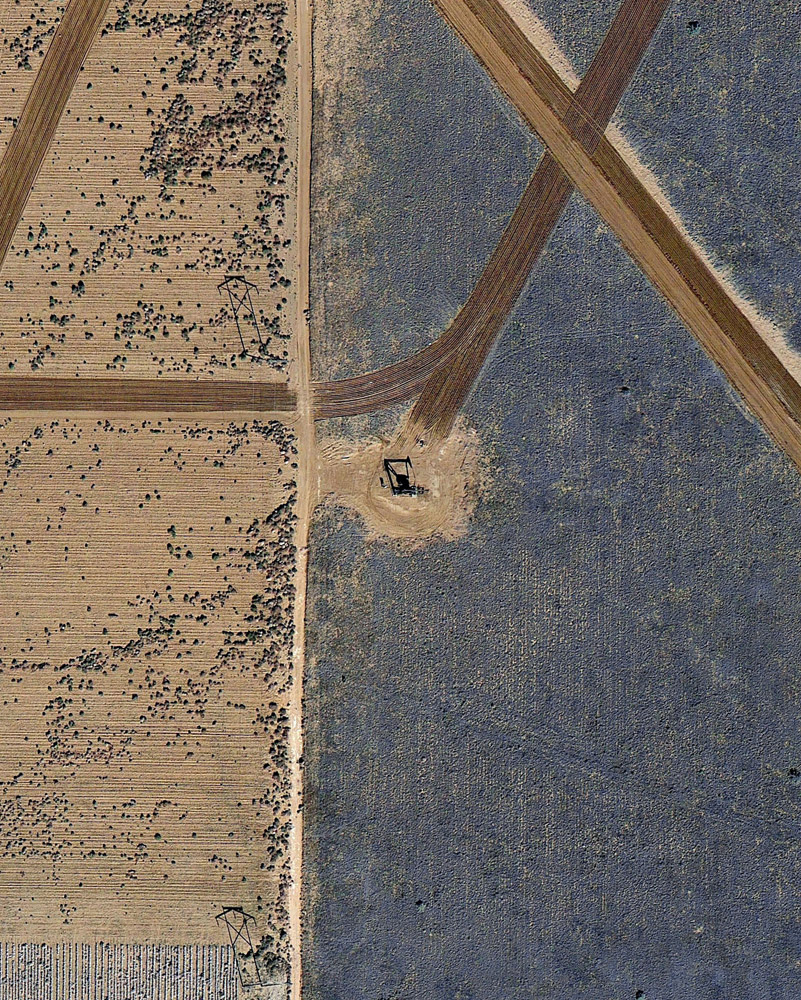
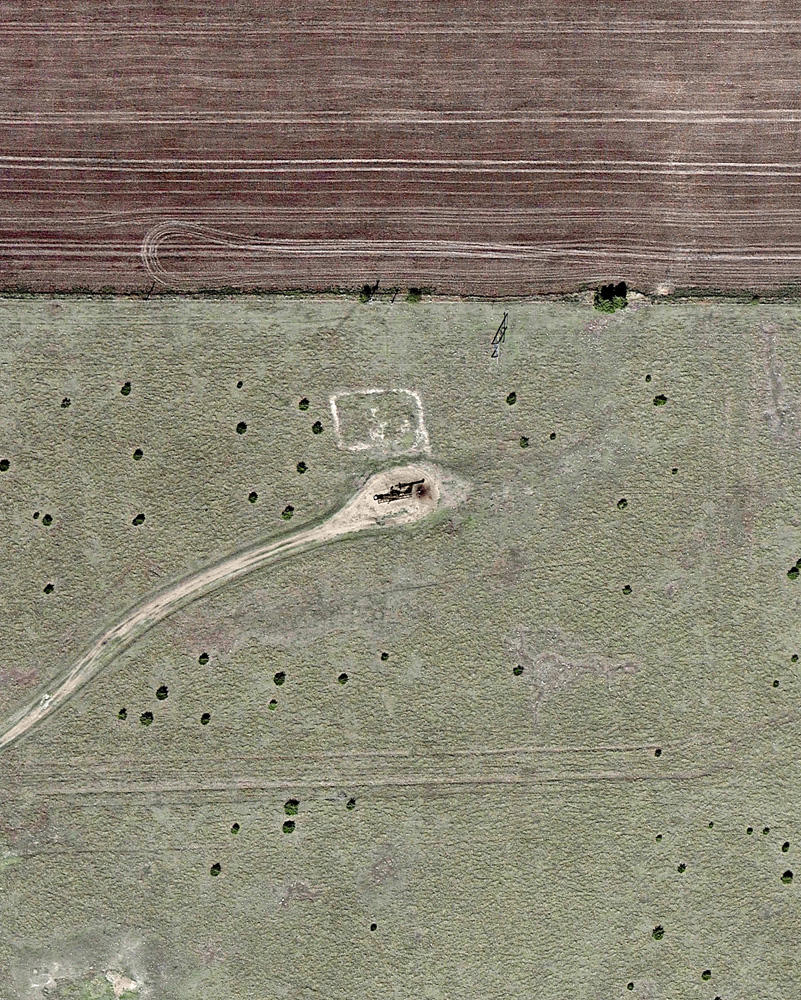
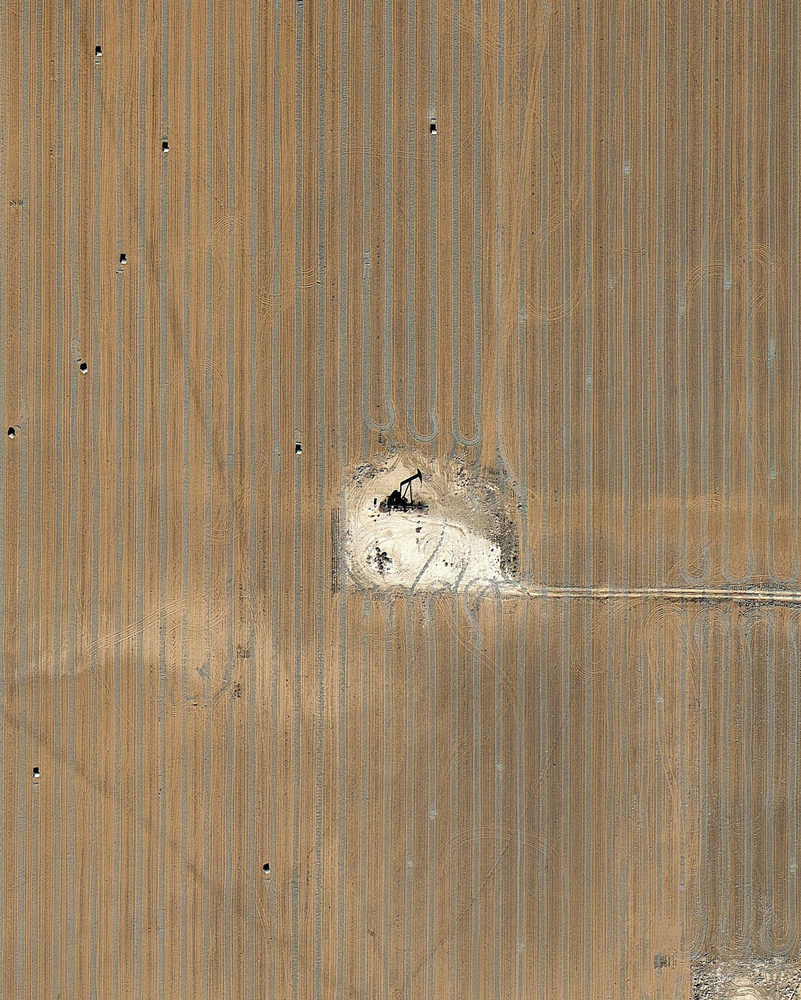

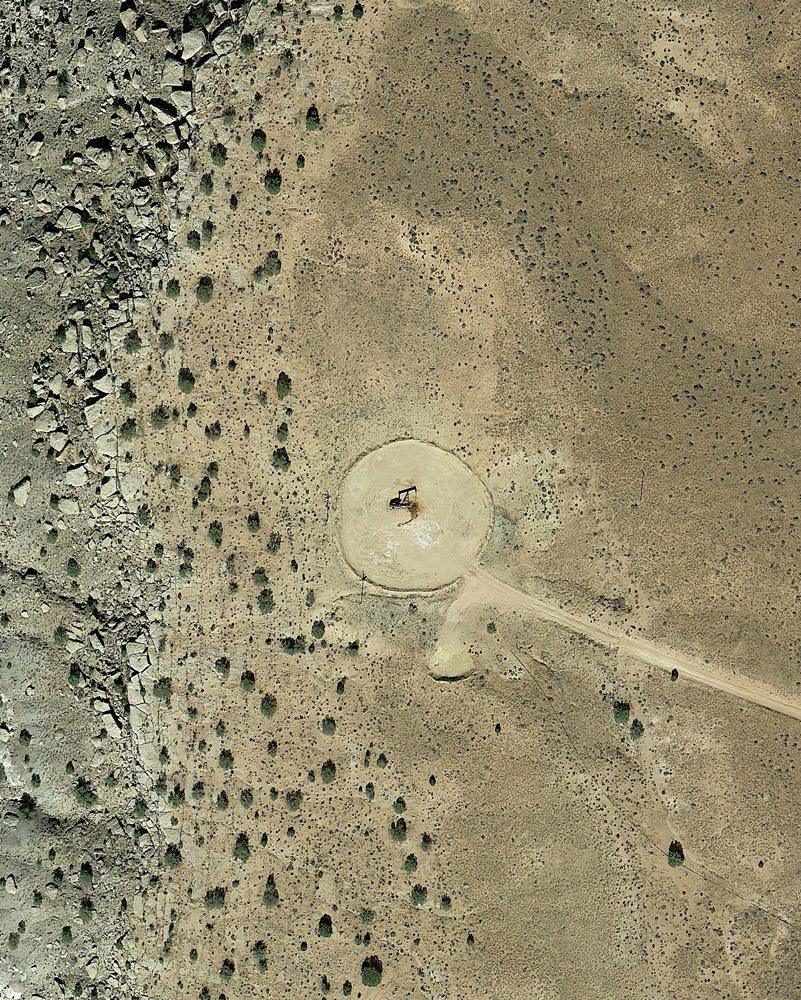
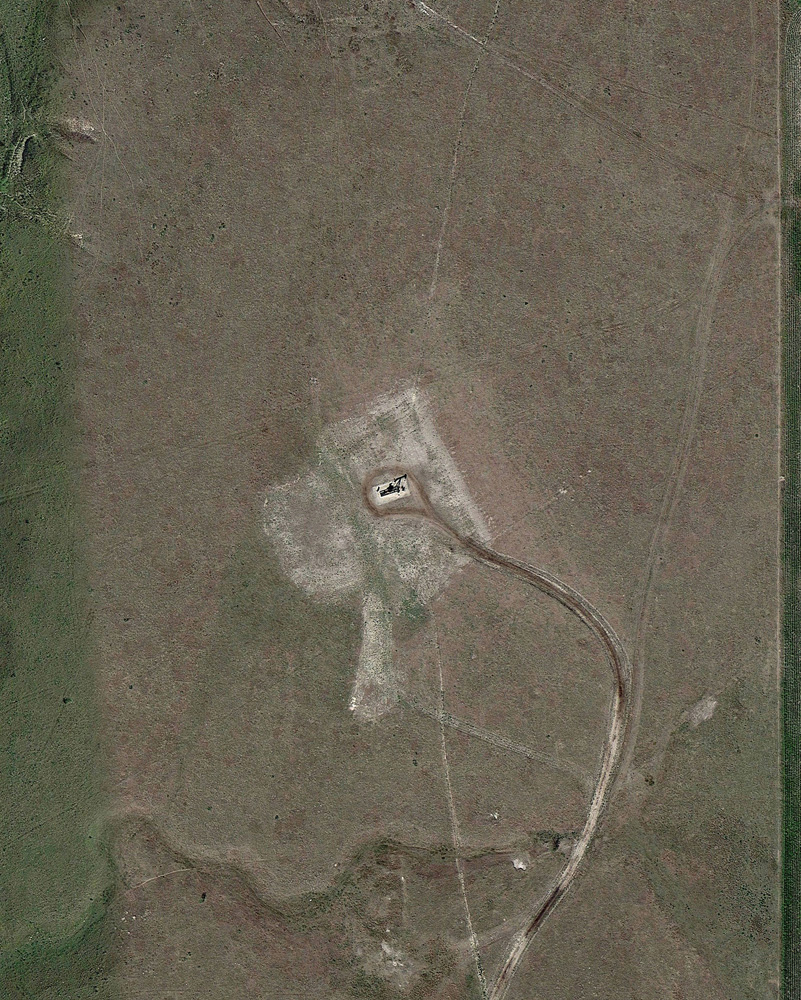
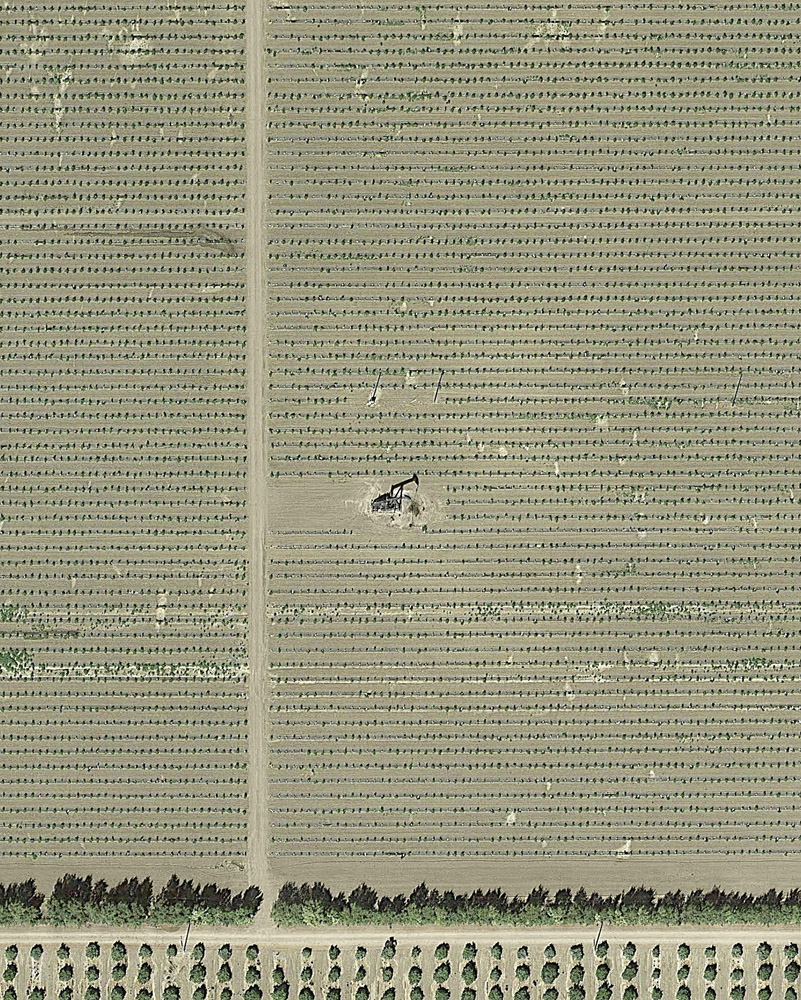
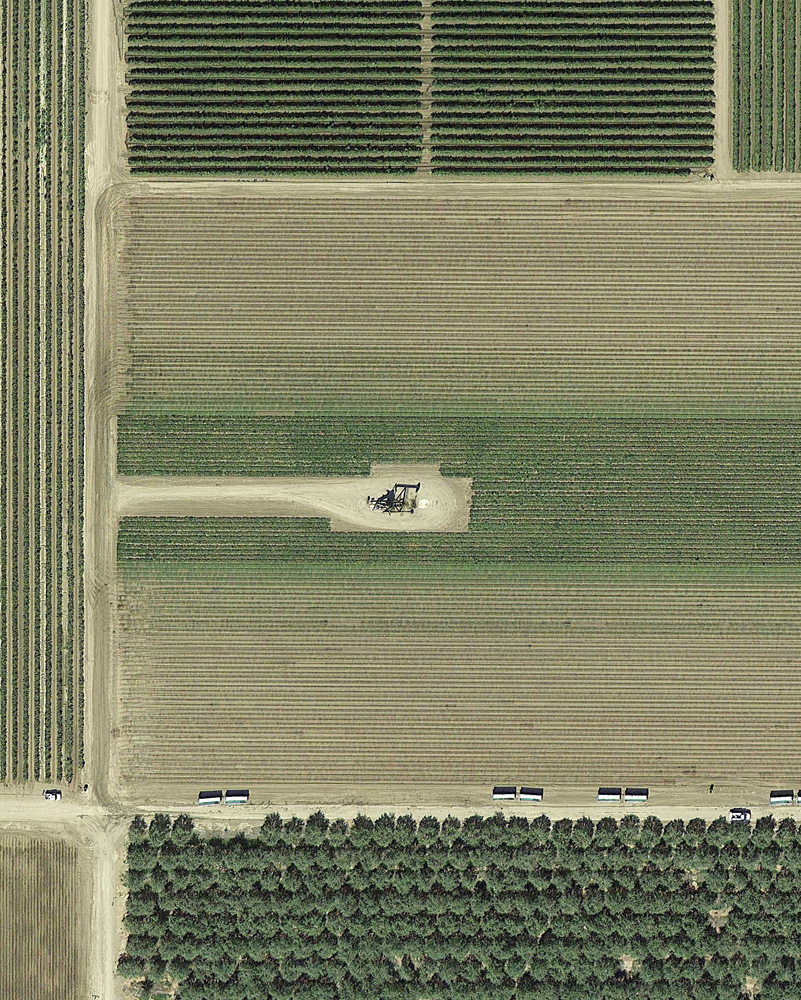
More Must-Reads from TIME
- Donald Trump Is TIME's 2024 Person of the Year
- Why We Chose Trump as Person of the Year
- Is Intermittent Fasting Good or Bad for You?
- The 100 Must-Read Books of 2024
- The 20 Best Christmas TV Episodes
- Column: If Optimism Feels Ridiculous Now, Try Hope
- The Future of Climate Action Is Trade Policy
- Merle Bombardieri Is Helping People Make the Baby Decision
Contact us at letters@time.com